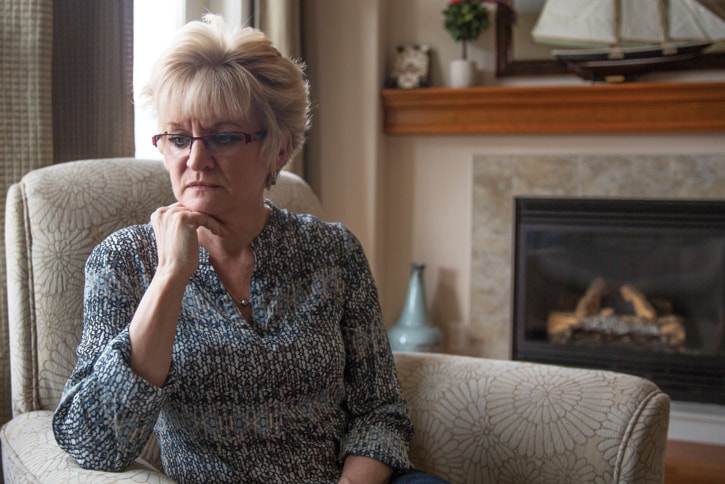Lyme disease testing and treatments continue to be a contentious issue in the province.
A July 20 Canadian Lyme Disease Foundation press release contains statements from documents secured through a freedom of information request.
“There continue to be limitations because the tests (Elisa) for Lyme disease are insufficient,” wrote a senior vice-president of patient care services at BC Women’s Hospital.
“It is very difficult to diagnose patients with Lyme disease, particularly when patients test negative for Lyme disease using the available tests for Lyme diseases which currently have a sensitivity rate of less than 50 per cent,” reads a document from senior staff with BC Government Communications and Public Engagement (GCPE).
“It is really concerning that the public and patients are falsely reassured that Lyme disease testing in B.C. is just fine, but behind the scenes the B.C. government acknowledges there are serious limitations with the accuracy of the tests,” said Gwen Barlee, a Lyme disease patient and advocate. “It is tragic that Lyme disease patients in B.C. are often denied treatment based on negative tests when it is known the tests are inaccurate.”
In 2011, an internal government report obtained through FOI criticized the province for poor management of the disease.
Within 24 hours of the report being made public, the government announced the creation of the Complex Chronic Disease Program at BC Women’s Hospital.
Since its opening, the clinic has been beset by controversy, with multiple doctors leaving citing interference with the treatment of Lyme disease patients, says Barlee.
But Provincial Health Officer Dr. Perry Kendall disagrees.
“The two-stage testing is international gold and, contrary to what was reported out of context, the sensitivity is much better than 50 per cent,” says Kendall, noting the U.S. labs will find Lyme, if it is present, at about the same rate as the BC Centre for Disease Control (BCDC). “What they also do is show it there when the BCDC says it isn’t there.”
Kendall says a recently published paper indicates a study in which the blood samples of some Lyme disease patients and other healthy individuals were sent to U.S. labs for testing.
“Up to 57 per cent were told they had it, based on the U.S. test,” he says.
“If 100 healthy people’s blood was sent, up to half would come back identified as having Lyme.”
But local Lyme sufferer Judi Kimmerly is crying foul and calling the chronic disease clinic a joke.
While she was recently advised she had been accepted to the program, she was also told she would have to wait a year before getting an appointment.
Kimmerly says the Vancouver clinic only tests for a couple of Lyme strains out of several, and no co-infections.
“It’s just a crap shoot,” she says. “We have the highest level of MS (multiple sclerosis) in the world but when you get to the U.S. border, it suddenly becomes Lyme.”
Kimmerly says on average, people with Lyme pay about $10,000 to $12,000 a year for treatment outside of the health care system.
And it took the help of her lawyer to convince Ottawa she deserves disability payments. She is using the funds, which are retroactive, to go to Seattle for treatment by a world-renowned specialist.
Kendall meanwhile, says he has no argument that Lyme disease does exist in B.C. and that it is very treatable in the early stages.
“We do recommend doctors treat on the basis that they have been bitten by a tick, particularly if it has been attached for 36 hours,” he says. “If they get a fever and a rash, we do advise doctors to treat on clinical grounds, even though the risk is low.”
He says millions of dollars are being spent on research, including looking at deer mice as well as ticks as possible carriers of the disease.
